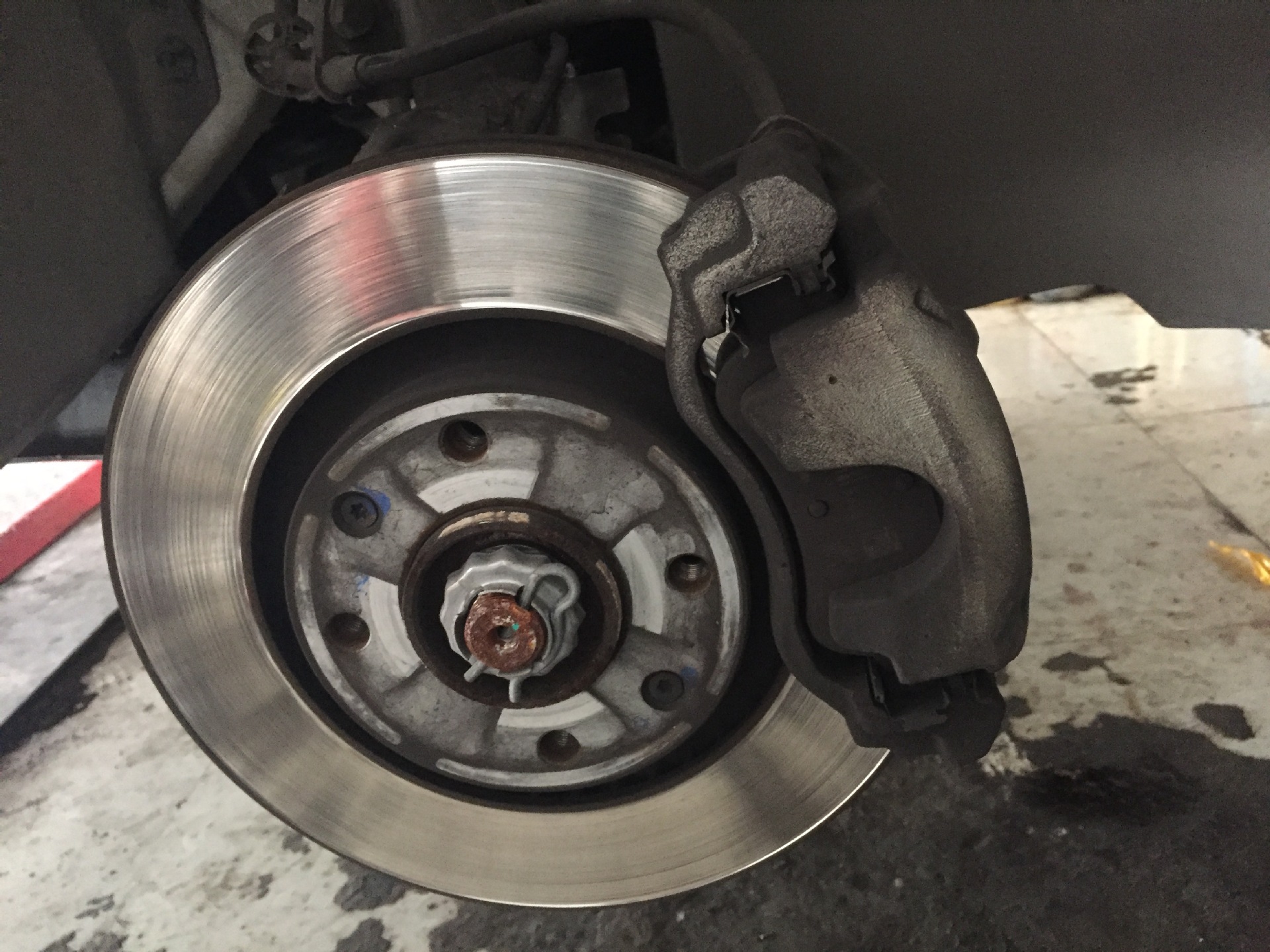Address
304 North Cardinal
St. Dorchester Center, MA 02124
Work Hours
Monday to Friday: 7AM - 7PM
Weekend: 10AM - 5PM
Address
304 North Cardinal
St. Dorchester Center, MA 02124
Work Hours
Monday to Friday: 7AM - 7PM
Weekend: 10AM - 5PM

When the car brakes, the brake pads will stick tightly to the brake discs, thus increasing the friction and achieving the purpose of emergency braking of the vehicle. Owners need to regularly check the vehicle’s brake pads and brake discs and replace them in time to avoid affecting the vehicle’s braking and bringing about safety hazards.
Brake disc and brake pad cooperate with each other to reduce the speed or make the car stop by friction. A brake disc is a brake disk with brake pads embedded in a yellow caliper. A brake disc, which is simply a disk, works even when the car is moving. When the caliper clamps the disc and generates braking force, it clamps the disc to slow down or stop the car. Brake discs brake well and are easier to maintain than drum brakes. Brake pads are also called brake skins. In the car braking system, brake pads are the most critical safety component, and all braking effects are basically determined by brake pads, so good brake pads are a safeguard for people and cars. Brake linings mostly consist of steel plates, bonded insulating layer and friction blocks. The steel plate should be coated to prevent rusting. SMT-4 furnace temperature tracker is used to detect the temperature distribution during the coating process to ensure the quality. Among other things, the insulation layer is made of a non-thermally conductive material and thus insulates the heat. The friction block consists of friction material and adhesive, which is squeezed on the brake disc or drum to generate friction when braking, thus achieving the purpose of deceleration and braking of the car. Because of the friction, the friction block will gradually wear out, and most of the brake pads with lower price will wear out faster.